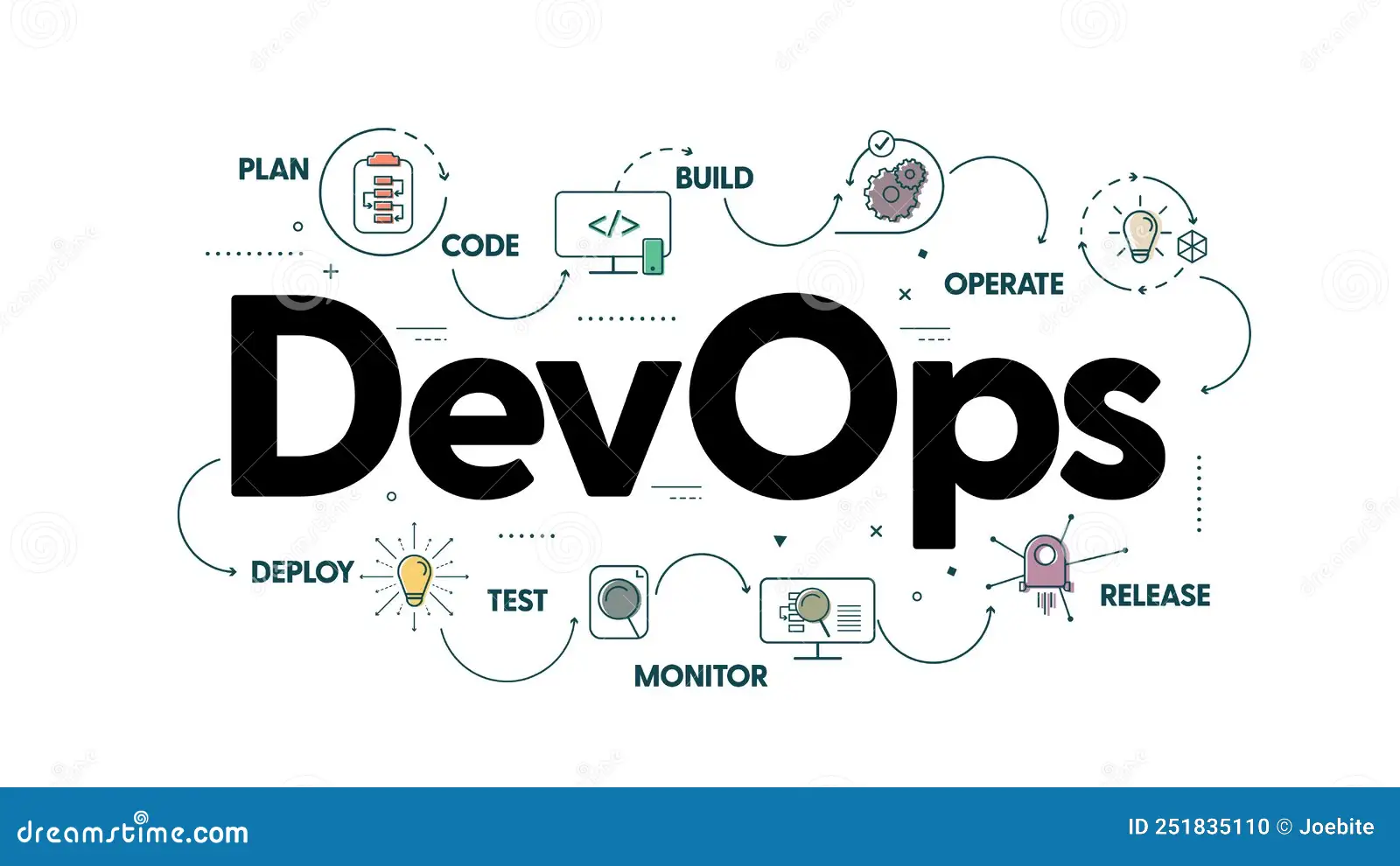Day 1 : Introduction to DevOps
 Gunjan Bhadade
Gunjan Bhadade
🌟 Welcome to the World of DevOps! 🌟
Hello DevOps Community! 👋
Are you ready to dive into the exciting world of DevOps? 🚀 Whether you're a newbie or a seasoned techie, this blog is your gateway to understanding what DevOps is all about. We'll cover the essentials, break down complex concepts, and sprinkle in some emojis to keep things fun and interactive. Plus, we'll wrap up with a fantastic 90-day challenge to help you master DevOps. Let's get started! 🎉
What is DevOps? 🤔
DevOps is a combination of Development (Dev) and Operations (Ops). It's a set of practices that aims to streamline and automate the processes between software development and IT teams. By fostering a culture of collaboration and integration, DevOps enables organizations to deliver applications and services at high velocity.
Key Components of DevOps:
Collaboration 🤝: Breaking down silos between development and operations teams.
Automation ⚙️: Automating repetitive tasks to increase efficiency.
Continuous Integration/Continuous Deployment (CI/CD) 🚀: Ensuring code changes are automatically tested and deployed.
Monitoring and Logging 📈: Keeping an eye on application performance and issues.
Infrastructure as Code (IaC) 🏗️: Managing and provisioning infrastructure through code.
The Power of Automation ⚙️
Automation is at the heart of DevOps. By automating repetitive and manual tasks, teams can:
Increase Efficiency 🚀: Reduce the time and effort needed for deployment.
Minimize Errors ❌: Eliminate human error by using automated scripts.
Enhance Consistency 🔄: Ensure processes are performed the same way every time.
Tools of the Trade 🛠️
Jenkins: For CI/CD pipelines.
Ansible: For configuration management.
Docker: For containerization.
Kubernetes: For container orchestration.
Scaling with DevOps 📈
As your application grows, so do the challenges. DevOps provides the tools and practices to scale efficiently:
Horizontal Scaling ↔️: Adding more instances of a service.
Vertical Scaling ↕️: Adding more power (CPU, RAM) to existing instances.
Auto-scaling 🤖: Automatically adjusting resources based on demand.
Benefits of Scaling:
Improved Performance 🚀: Handle increased traffic smoothly.
Cost Efficiency 💰: Optimize resource usage and reduce costs.
Flexibility 🌐: Adapt quickly to changing demands.
Infrastructure as Code (IaC) 🏗️
Infrastructure as Code (IaC) is a key practice in DevOps. It involves managing and provisioning computing infrastructure through machine-readable configuration files, rather than physical hardware configuration or interactive configuration tools.
Benefits of IaC:
Consistency 🔄: Ensures that the same environment is created every time.
Version Control 📜: Allows you to track and manage changes to your infrastructure.
Speed ⚡: Quickly set up and tear down environments.
Popular IaC Tools:
Terraform: For infrastructure provisioning.
AWS CloudFormation: For managing AWS resources.
Chef/Puppet: For configuration management.
Why DevOps is Important 💡
DevOps transforms the way organizations deliver value to their customers. Here's why it's crucial:
Faster Time to Market 🏃: Accelerates the delivery of new features and updates.
Better Quality 🎯: Enhances the quality of software through automated testing and CI/CD.
Increased Collaboration 🤝: Fosters a culture of collaboration between development and operations teams.
Customer Satisfaction 😊: Improves user experience by delivering reliable and high-quality products.
Conclusion
DevOps is not just a set of tools or practices; it's a cultural shift that brings development and operations teams together. By embracing DevOps, you can achieve faster delivery, better quality, and greater collaboration. So, what are you waiting for? Start your DevOps journey today and join our 90-day challenge. Let's learn and grow together! 🌟
Feel free to reach out with any questions or thoughts in the comments below. Happy DevOps-ing! 🚀
Subscribe to my newsletter
Read articles from Gunjan Bhadade directly inside your inbox. Subscribe to the newsletter, and don't miss out.
Written by
